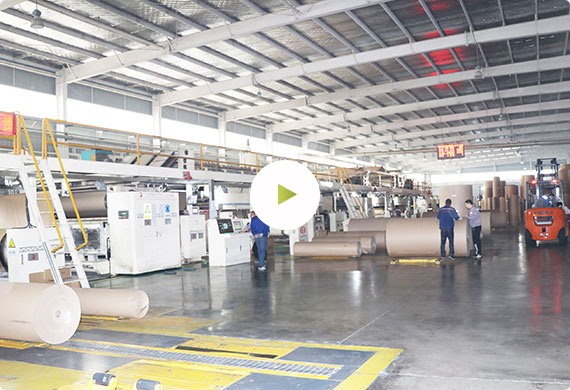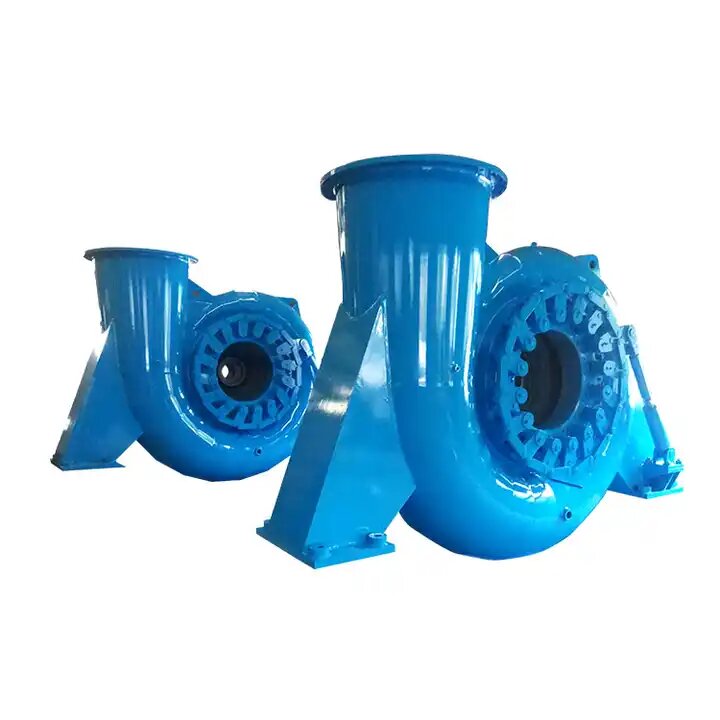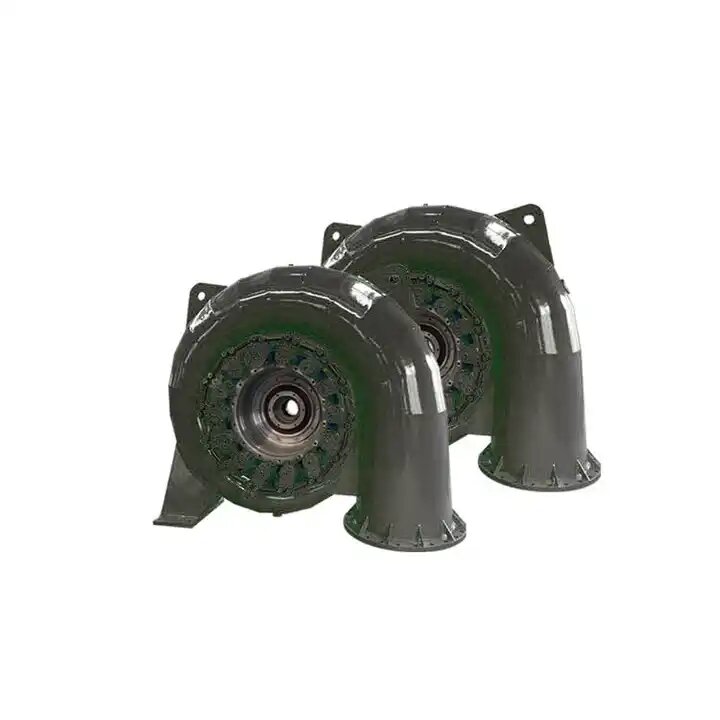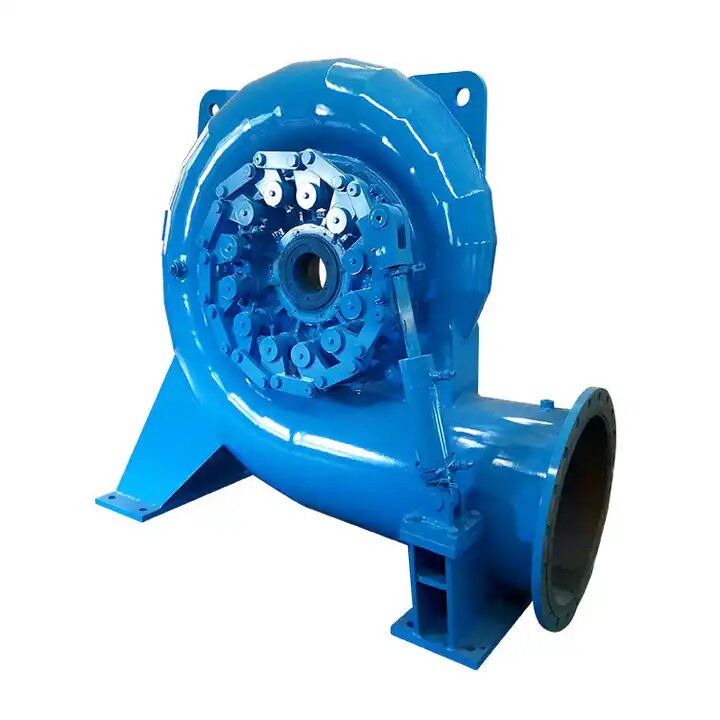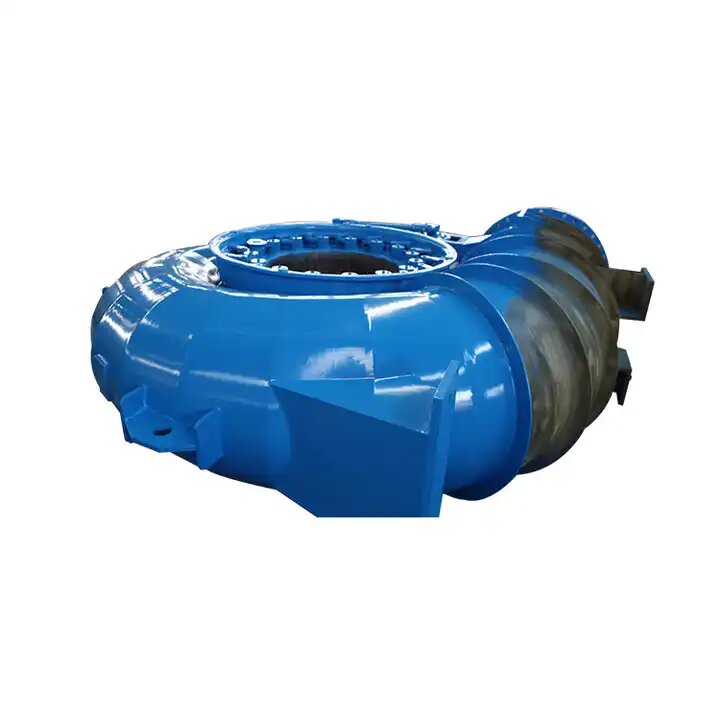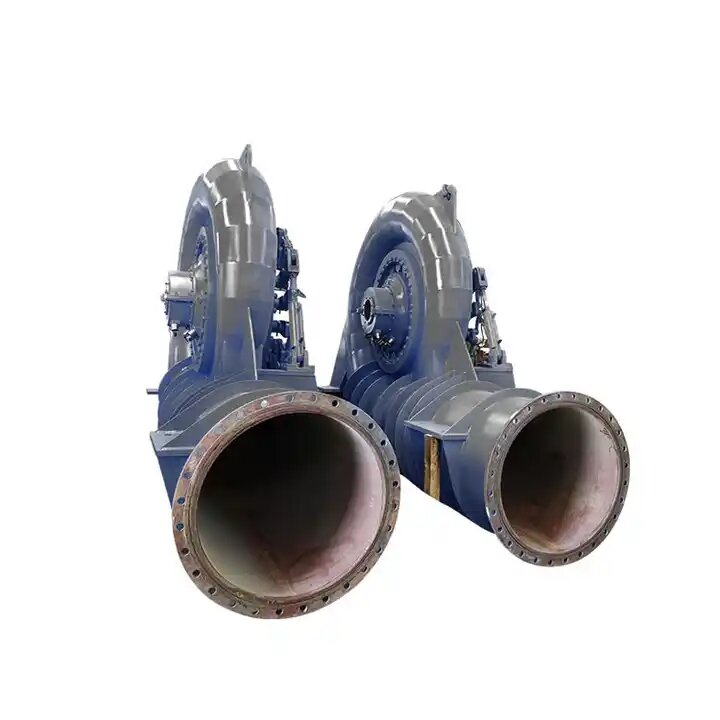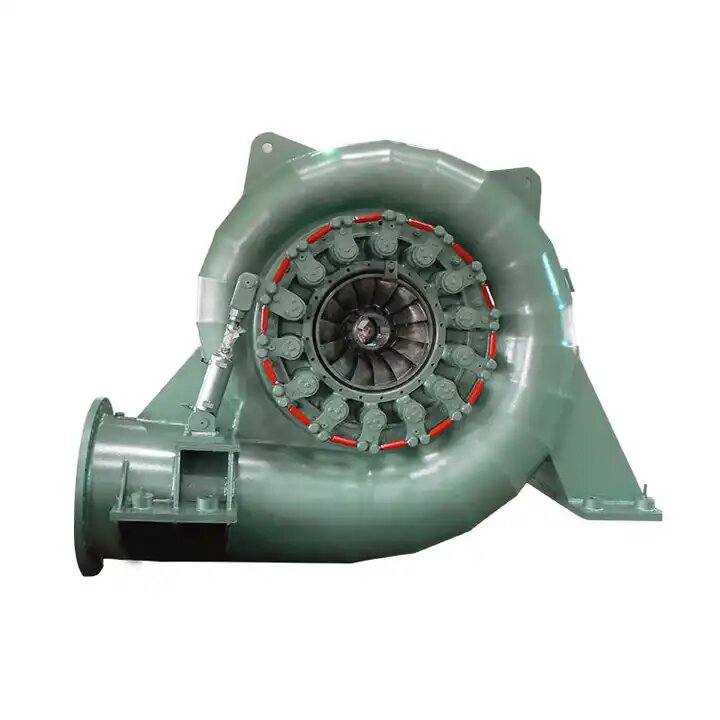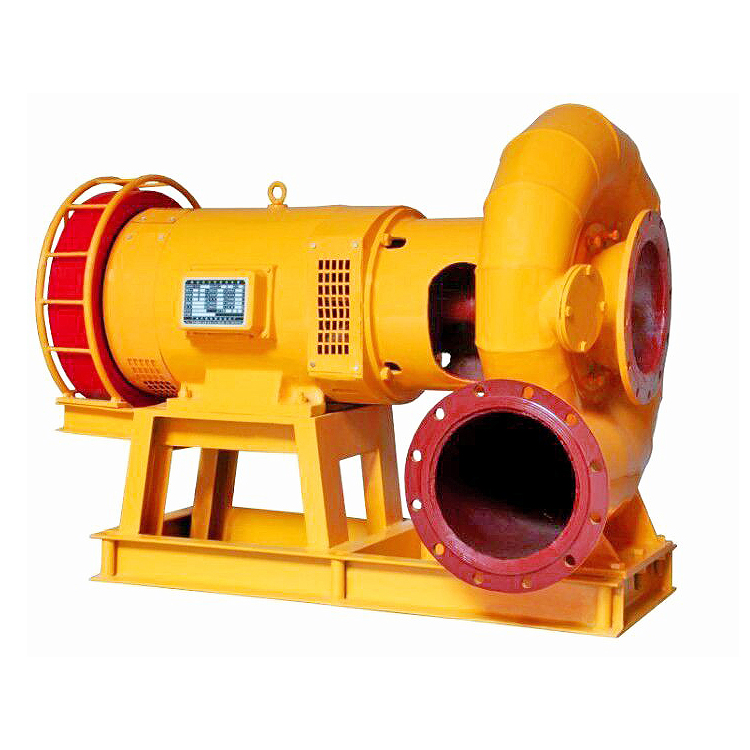Buying Guide: Francis Turbine
Comprehensive Buying Guide for Francis Turbines: Making Informed Decisions for Hydroelectric Power Generation
Hydropower remains a key player in the global pursuit of sustainable and renewable energy sources.
Within the realm of hydropower, Francis turbines stand out as a crucial component in converting the kinetic energy of flowing water into electrical energy.
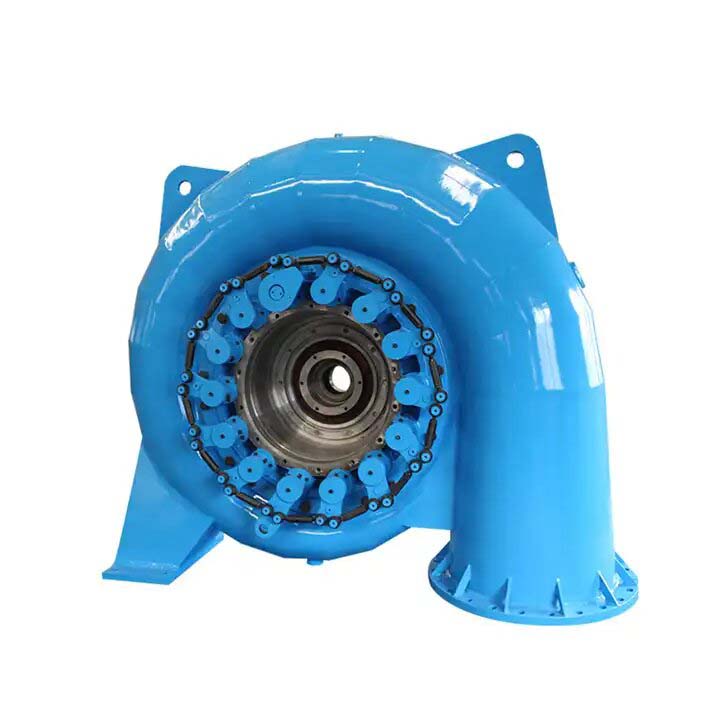
Whether you are a seasoned professional in the hydropower industry or a newcomer exploring the potential of renewable energy, this comprehensive buying guide for Francis turbines aims to provide valuable insights, covering essential aspects that will assist you in making informed decisions.
Understanding Francis Turbines:
- Basic Working Principle: The Francis turbine is a type of water turbine that operates on the principle of both reaction and impulse. Water enters the turbine through its outer perimeter, creating a radial flow pattern. The kinetic energy of the water is converted into mechanical energy as it moves through the runner blades, driving the turbine and subsequently generating electricity.
- Applications: Francis turbines are versatile and widely employed in hydropower projects with medium to high head and moderate to high flow rates. Their adaptability makes them suitable for various settings, from large-scale hydroelectric power plants to smaller installations like run-of-river projects.
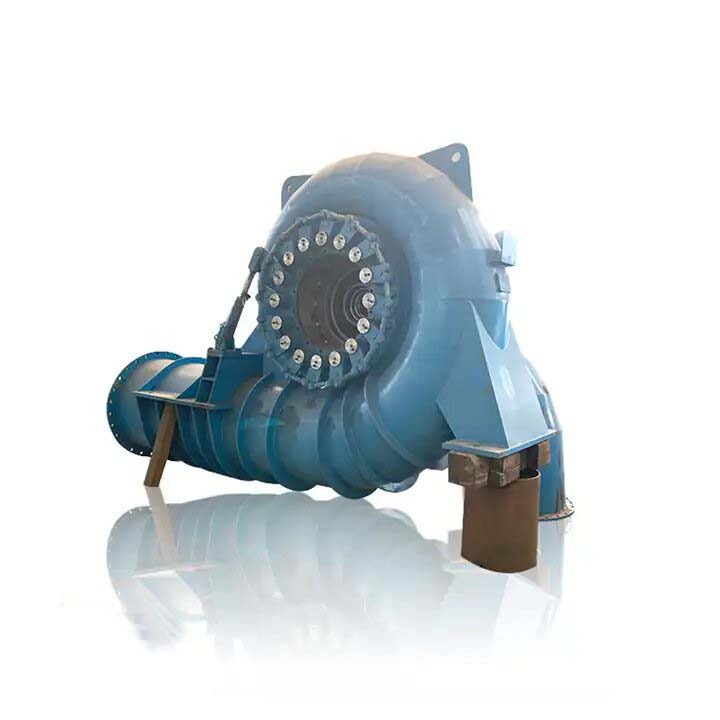
Factors Influencing Purchase Decisions:
- Site Characteristics: Before selecting a Francis turbine, thorough site assessment is crucial. Consider factors such as the head (vertical distance between the water source and the turbine), flow rate, and available space. Different turbine designs are optimized for specific site conditions, and matching the turbine to the site characteristics is key to achieving optimal performance and efficiency.
- Turbine Efficiency: Efficiency is a critical parameter when evaluating Francis turbines. Higher efficiency ensures better energy conversion and, consequently, increased power generation. Look for turbines that have been designed and tested for the specific operating conditions of your site to maximize efficiency.
- Material Selection: The materials used in turbine construction impact its longevity and maintenance requirements. Stainless steel and other corrosion-resistant materials are often preferred, especially in environments with aggressive water conditions. Assess the durability of materials to guarantee a turbine’s reliability over its operational lifespan.
- Runner Design: The runner is the core component responsible for converting water energy into mechanical energy. Modern Francis turbines offer various runner designs, each tailored for specific applications. Pelton-shaped runners are ideal for high head applications, while radial flow runners are suitable for medium head sites. Choose a runner design that aligns with your project’s head and flow characteristics.
- Control Mechanisms: Efficient control mechanisms are essential for optimizing the turbine’s performance under varying flow conditions. Advanced control features, such as adjustable blades and speed regulation, enable operators to adapt the turbine’s operation to changing water flow, ensuring consistent power generation.
- Maintenance Requirements: Evaluate the maintenance requirements of the Francis turbine. Easy accessibility to components, standardized parts, and well-documented maintenance procedures contribute to minimizing downtime and overall lifecycle costs. Selecting a turbine with a good track record of reliability can significantly impact the long-term success of your hydropower project.
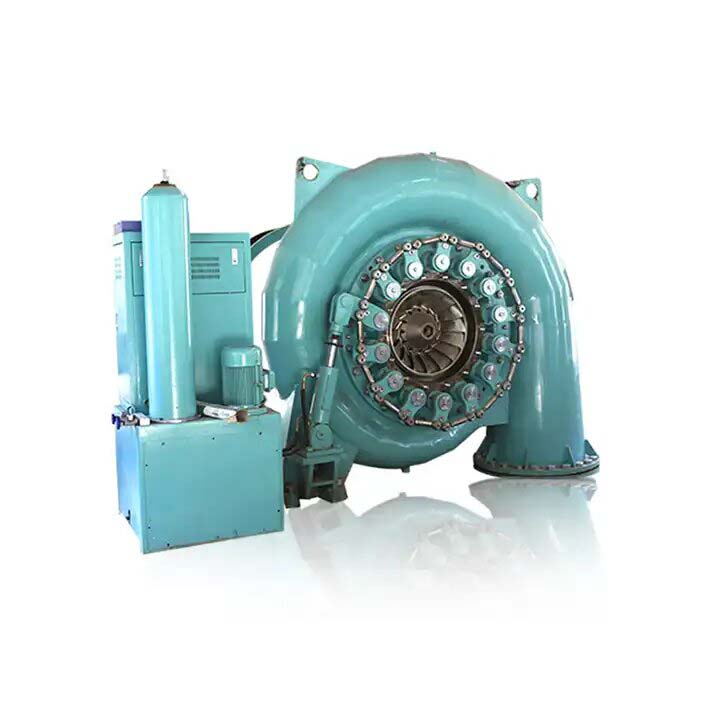
Environmental Considerations:
- Fish-Friendly Design: Environmental sustainability is a key consideration in modern hydropower projects. Opt for Francis turbines with fish-friendly designs that minimize the impact on aquatic ecosystems. Features like fish-friendly blades and screens can contribute to maintaining a balance between energy generation and environmental conservation.
- Environmental Impact Assessment: Conduct a thorough environmental impact assessment before installing a Francis turbine. Evaluate the potential effects on water quality, aquatic habitats, and local ecosystems. Regulatory compliance and adherence to environmental standards are essential to obtaining necessary approvals and fostering responsible hydropower development.
Economic Considerations:
- Cost Analysis: Understand the initial capital costs, installation expenses, and ongoing operational costs associated with different Francis turbines. While high-quality turbines may require a larger initial investment, they often offer superior efficiency and reduced maintenance costs over their lifespan, providing a better return on investment.
- Government Incentives: Explore available government incentives, grants, or subsidies that may support the development of hydropower projects. Many regions offer financial incentives to encourage the adoption of renewable energy sources, making hydropower a financially attractive option.
Conclusion:
Investing in a Francis turbine requires a comprehensive understanding of the specific requirements of your hydropower project, coupled with a keen awareness of environmental, economic, and technical considerations.
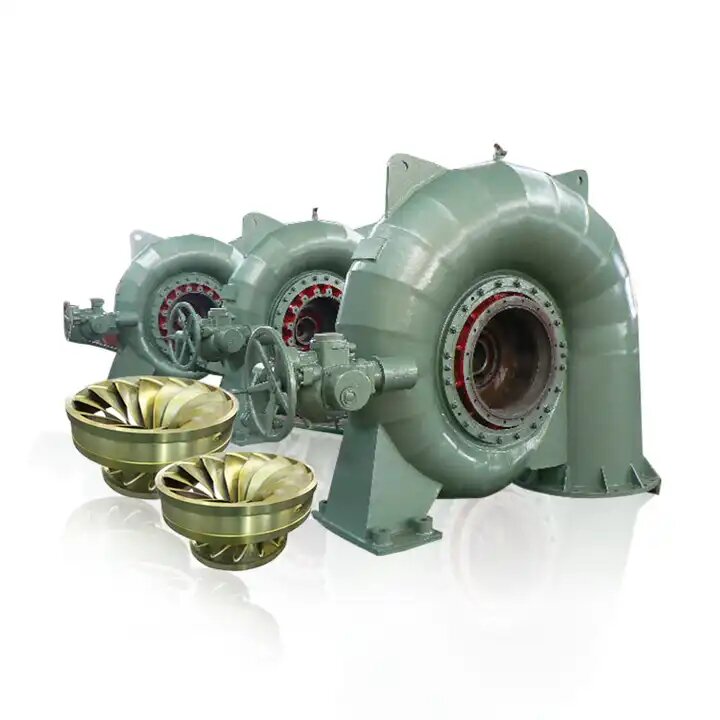
By carefully assessing site conditions, turbine efficiency, material selection, and other critical factors, you can make an informed decision that aligns with your sustainability goals and maximizes the potential of hydropower as a reliable and renewable energy source.
Remember, the right Francis turbine can not only contribute to a cleaner and more sustainable future but also ensure the long-term success of your hydropower venture.

